About bamboo fabric
 Bamboo fabric is a natural textile made from the pulp of the bamboo grass. Bamboo fabric has been growing in popularity because it has many unique properties and is more sustainable than most textile fibers. Bamboo fabric is light and strong, has excellent wicking properties, and is to some extent antibacterial. The use of bamboo fiber for clothing was a 20th century development, pioneered by several Chinese Bamboo fiber resembles cotton in its unspun form, a puffball of light, airy fibers. Many companies use extensive bleaching processes to turn bamboo fiber white, although companies producing organic bamboo fabric leave the bamboo fiber unbleached. To make bamboo fiber, bamboo is heavily pulped until it separates into thin component threads of fiber, which can be spun and dyed for weaving into cloth.
Bamboo fabric is a natural textile made from the pulp of the bamboo grass. Bamboo fabric has been growing in popularity because it has many unique properties and is more sustainable than most textile fibers. Bamboo fabric is light and strong, has excellent wicking properties, and is to some extent antibacterial. The use of bamboo fiber for clothing was a 20th century development, pioneered by several Chinese Bamboo fiber resembles cotton in its unspun form, a puffball of light, airy fibers. Many companies use extensive bleaching processes to turn bamboo fiber white, although companies producing organic bamboo fabric leave the bamboo fiber unbleached. To make bamboo fiber, bamboo is heavily pulped until it separates into thin component threads of fiber, which can be spun and dyed for weaving into cloth.
Bamboo fabric is very soft and can be worn directly next to the skin. Many people who experience allergic reactions to other natural fibers, such as wool or hemp, do not complain of this issue with bamboo. The fiber is naturally smooth and round without chemical treatment, meaning that there are no sharp spurs to irritate the skin.
Bamboo fabric is favored by companies trying to use sustainable textiles, because the bamboo plant is very quick growing and does not usually require the use of pesticides and herbicidesto thrive. As a result, plantations can easily be kept organic and replanted yearly to replenish stocks. The process of making unbleached bamboo fiber is very light on chemicals that could potentially harm the environment.
In textile form, bamboo retains many of the properties it has as a plant. Bamboo is highly water absorbent, able to take up three times its weight in water. In bamboo fabric, this translates to an excellent wicking ability that will pull moisture away from the skin so that it can evaporate. For this reason, clothing made of bamboo fiber is often worn next to the skin.
Bamboo also has many antibacterial qualities, which bamboo fabric is apparently able to retain, even through multiple washings. This helps to reduce bacteria that thrive on clothing and cause unpleasant odors. It can also kill odor causing bacteria that live on human skin, making the wearer and his or her clothing smell more sweet. In addition, bamboo fabric has insulating properties and will keep the wearer cooler in summer and warmer in winter. The versatility of bamboo fabric makes it an excellent choice for clothing designers exploring alternative textiles, and in addition, the fabric is able to take bright dye colors well, drape smoothly, and star in a variety of roles from knit shirts to woven skirts.
Bamboo possesses a property called "Bamboo Kun" which means that it is naturally anti-microbial. Even after fifty washes, bamboo fabrics retain their anti-fungal, anti-bacterial nature. This makes it suitable for those sensitive to allergens and also helps to reduce body odor, without the risk of allergic reaction sometimes associated with exposure to the chemicals used to give other materials similar properties.Taken from various source from the internet
An interesting article about bamboo click here











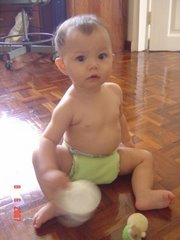



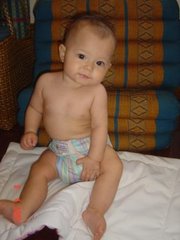
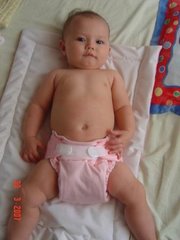

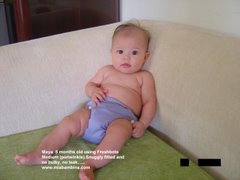
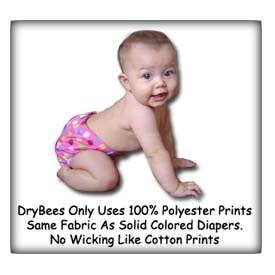

1 comment:
this is very informative.. thanks for sharing...
Post a Comment